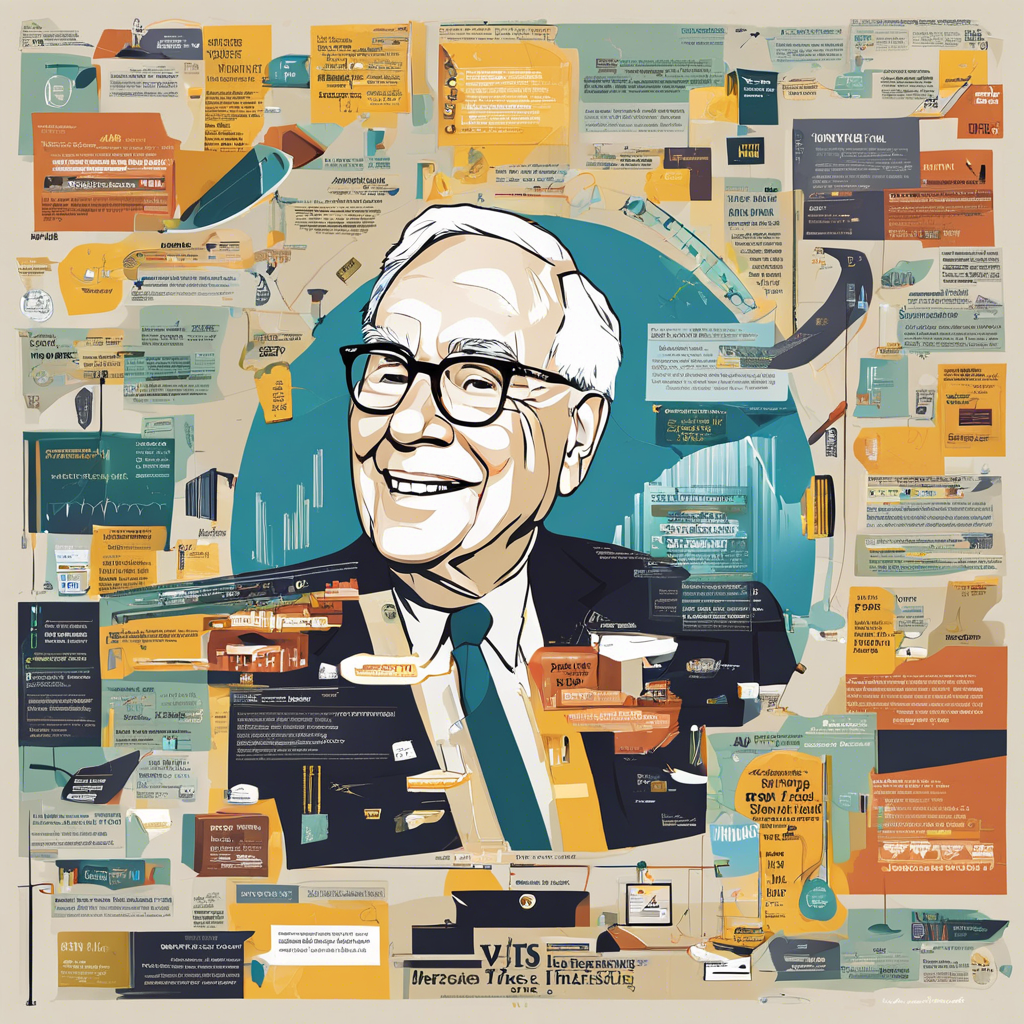Warren Buffett is undoubtedly one of the most successful investors of all time, and his value investing strategy has garnered a dedicated following worldwide. For those aspiring to emulate Buffett’s investment prowess, here are some of his top tips for mastering the art of value investing.
Firstly, Buffett emphasizes the importance of understanding the business you’re investing in. He advocates for a long-term approach, focusing on the intrinsic value of a company rather than short-term market fluctuations. By thoroughly researching a company’s business model, competitive advantages, and financial health, investors can make more informed decisions and identify companies with solid fundamentals that are trading below their intrinsic value.
Buffett’s mentor, Benjamin Graham, is known as the father of value investing. Buffett has credited Graham’s principles with shaping his own investment philosophy. One of Graham’s concepts that Buffett often cites is the idea of a ‘margin of safety.’ This concept involves buying stocks when they are trading below their intrinsic value, providing a buffer against potential losses and allowing for potential price increases as the market recognizes the company’s true value.
Another key tenet of Buffett’s strategy is his focus on management quality. He believes that a capable and honest management team is crucial to a company’s long-term success. Buffett looks for managers who are skilled allocators of capital, making decisions that benefit shareholders and drive sustainable growth. He also prioritizes manager integrity, preferring those who are transparent and act in the best interests of their investors.
Besides that, Buffett is known for his disciplined approach to investing. He emphasizes the importance of controlling emotions and avoiding impulsive decisions driven by market volatility. By maintaining a disciplined mindset, investors can stick to their long-term investment strategies and avoid costly mistakes driven by fear or greed.
Furthermore, diversification plays a vital role in Buffett’s investment philosophy. While he advocates for a concentrated portfolio of carefully selected stocks, he also stresses the importance of not putting all your eggs in one basket. By diversifying across different sectors and industries, investors can mitigate risks and protect their portfolios from unforeseen events or downturns in specific markets.
Tax efficiency is another critical aspect of Buffett’s approach. He emphasizes the power of compound interest and believes that minimizing taxes can significantly enhance investment returns over time. He favors a long-term holding strategy, avoiding frequent trading that can trigger higher tax liabilities.
Buffett also underscores the importance of learning from mistakes. He encourages investors to reflect on their investment decisions, identifying what went well and what could be improved. By treating mistakes as learning opportunities, investors can refine their strategies and make better decisions in the future.
Finally, Buffett emphasizes the need for patience in value investing. He recognizes that identifying undervalued companies takes time and that the market may not immediately recognize their true worth. By exercising patience and adhering to a long-term investment horizon, investors can reap the rewards of their diligent research and strategic decisions.
